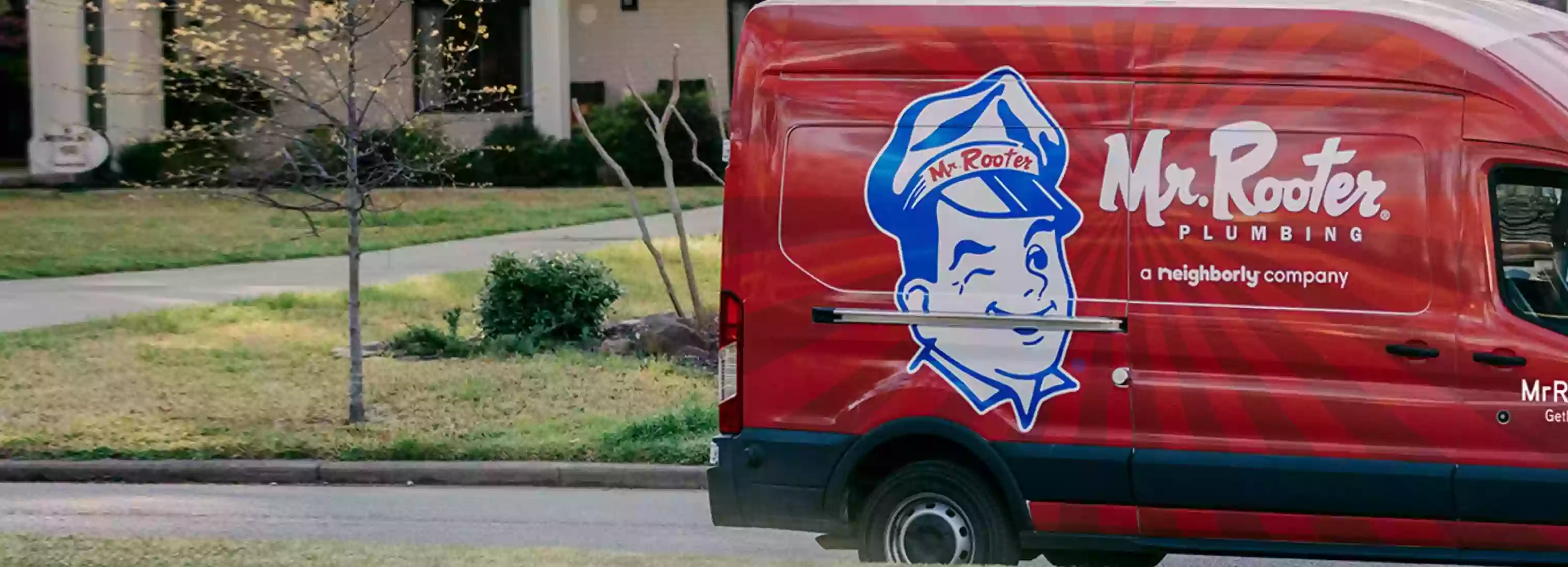What Causes a Collapsed Sewer Line?
Most smart homeowners know to maintain their indoor plumbing so that they avoid expensive and stressful water damage inside their homes. However, many homeowners are less aware of the factors that can affect their plumbing outside of the home. Few homeowners understand the factors that can cause a collapsed sewer line, though a collapsed line can cause for more damage to a home's value than any problems with the indoor plumbing ever could. Furthermore, the average homeowner's insurance policy will not cover damage inside the home resulting from backup caused outside of it, making a collapsed sewer line a big, unexpected expense that can be easily avoided with a little bit of knowledge and preparation.
Below are the 5 major factors affecting sewer lines that every homeowner should know to help protect themselves from the costs, headaches and hassles of a collapsed sewer line.
5 Major Factors Affecting Sewer Lines
The Age of Your Pipes
Most of the water pipes in the country were installed after WW2 and require serious repair or replacement. A recent study has shown that nearly 50% of all sewer pipes in the country are in poor shape. Find out how old your pipes are, and if they're in the 30+ year danger zone, have them inspected or replaced.
Mature Trees Near Your Water Line
The root systems of trees will follow service lines as they grow, and eventually disrupt them. A tree's roots will seek out pipes because they contain essential nutrients that the tree needs for growth. The tree's roots can get into the pipe and case is to clog, and they will also weaken the structure of the pipe over time. You can have your drains cleared of roots every few years by a professional for a low price. You can also consider removing any trees with major root systems near your service lines.
Clay Soil
Unfavorable soil conditions like high chloride content will corrode your pipes on the outside, which will lead to contamination and leaks. Sandy soils are the least corrosive, while the most corrosive are clay soils. The type of soil that your sewer line is buried in will determine how long you can go before needing to have your pipes replaced.
Sudden Seasonal Change
Sewer lines are more likely to break during periods of extreme temperature change, both cold and hot. Even a sudden 15-degree change can increase the stress on sewer lines, which increases the risk of damage. Extreme cold can also cause sewer lines to break, though it takes time for the ground below the surface to freeze and affect the pipes. Sewer lines in colder and more variable climates should be inspected more often and will have a much shorter lifespan.
Sewer Line Materials
Most older pipes are made from steel, clay or tile, which are more prone to deterioration than pipes made from more contemporary materials. Any home built before the 1980s that has not had its sewer line replaced likely has pipes that are more prone to all of the factors listed above. Not only do you need to know how old your pipes are, but it pays to know what they are made of to determine when and how often you should have them cleaned and inspected.
 Click to call
Click to call


